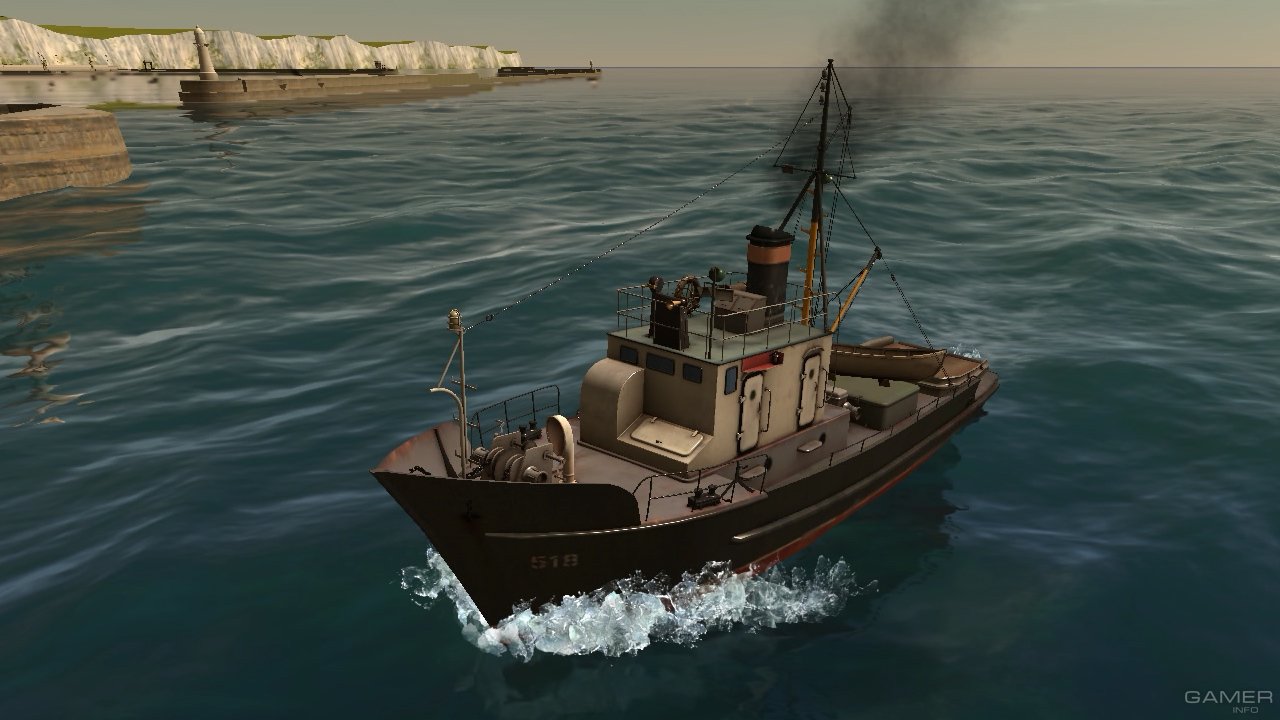

- European ship simulator trainer full#
- European ship simulator trainer Pc#
- European ship simulator trainer free#
Specific technical requirements for maritime simulators Their primary goal is conducting advanced training and certification, certain configurations and courses – DP systems are a good example – can allow even for sea time reduction training.
European ship simulator trainer full#
While full mission simulators include a lot of controls or as in the most advanced training centres, replica of the real equipment.

For instance, ECDIS training, which became mandatory according to the latest STCW requirements, can be done on a class or mini-lab simulator. Classroom simulators which are usually desktop PCs are intended for operational training and certification. Stand-alone simulators representing a particular piece of equipment or system are meant for equipment familiarisation, refreshment of knowledge and some basic training. Those entering the industry today are more than likely to cut their teeth in ship handling and navigation on a simulator rather than on the bridge of an actual ship.
European ship simulator trainer Pc#
Although a PC simulator can be controlled by mouse and keyboard it is common to use a special controller that makes use of control panels that replicate typical bridge controls. Maritime simulators come in many sizes and guises with even a simple PC and monitor able to meet the performance standards demanded of simulators by certificate issuing authorities. PC Maritime, BMT Rembrandt, FORCE Technology, Marin and ARI are other players that are active in the sector – sometimes serving niche markets but often with a wide range of products. The market is not limited to just the three companies mentioned above.
European ship simulator trainer free#
The database is free to use but ShipInsight’s examination of the list shows it to be somewhat underpopulated with many omissions.

The IMO has attempted to build a database of approved simulators which can be accessed in the GISIS database. Today, every training centre worth its salt will have a maritime simulator of some sort – most likely supplied by Transas, Kongsberg or VSTEP. Maritime simulators used in training centres To do that there will be a need for most of them to attend refresher training at a maritime simulator centre. However, the slowdown in shipping that has occurred simultaneous with and since the survey was done may reduce the need for new officers and may even encourage some shore-based personnel to return to sea. There is some anecdotal evidence that encouraging new officer recruits is becoming more difficult especially in Europe and the west. The report suggests that in the past five years the industry has made good progress with increasing recruitment and training levels and reducing officer wastage but unless training levels are increased significantly, however, the growth in demand for seafarers could generate a serious shortage in the total supply of officers. Officer categories in especially short supply include engineer officers at management level and officers for specialised ships such as chemical, LNG and LPG carriers. The global supply of officers is forecast to increase steadily, but this is predicted to be outpaced by increasing demand. The 2015 five-yearly BIMCO/ICS survey identified a current shortfall of about 16,500 officers (2.1%), but sees a need for an additional 147,500 officers by 2025 to service the world merchant fleet. This is confirmation of the view that modern seafarer training is becoming more aimed at competence than experience. The use of maritime simulators is ranked third in the choice of ‘Examination and assessment of evidence obtained’ after approved in service experience and approved training ship experience.

Throughout the tables that are included in STCW 2010 detailing the minimum standards required for different ranks and specialisations, maritime simulators are mentioned in the majority of cases as being a method for demonstrating competence. There are also some additional requirements for radar and ARPA simulators. There are two performance standards – one applying to simulators used for training and the other for simulators used to assess competence. Maritime simulators, their use and the quality of instruction are given a whole section (A-I/12) of the STCW 2010 text. Beginning with basic navigation but now extending to almost every aspect of ship operation including specialist aspects such as crane handling and towing, They have advanced hugely since the early days when only a basic computer screen was available and now offer a degree of realism that is quite amazing. Maritime simulators are now the modern way to gain competence.


 0 kommentar(er)
0 kommentar(er)
